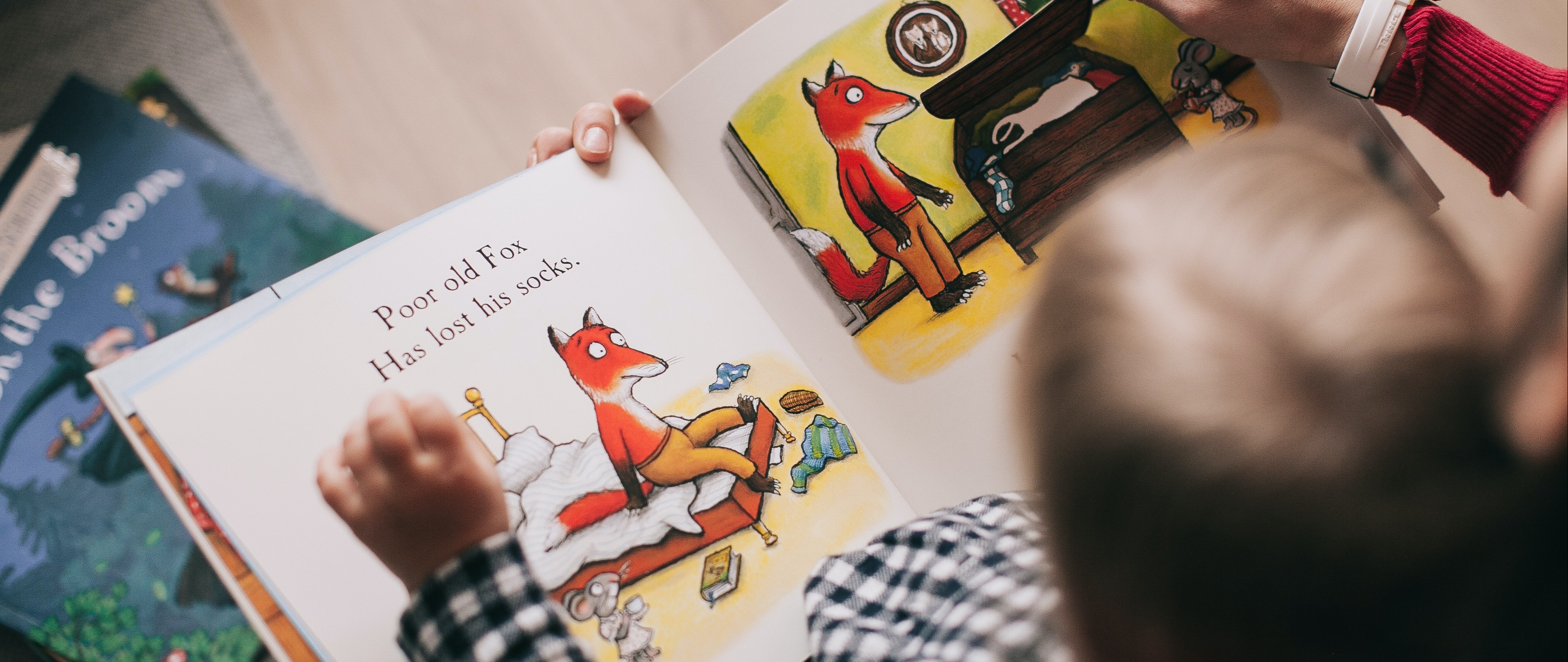Coming from a middle school background, I’ve never explored the teaching of visual literacy, but after reading, “Picture This: Visual Literacy as a Pathway to Character Understanding” (Prior, Wilson, and Martinez, 2012), I’m hooked. Teaching students to read visual texts is an opportunity to work toward Common Core standards while engaging students in a universally designed reading experience.
When teaching students to read, one goal in K-4 is to “read closely to determine what the text says explicitly and to make logical inferences from it” (Common Core Anchor Standard, Reading Literature 1). Students do not only read verbal text, they also read visual text. Students can learn a lot about characters from artistic devices that illustrators use to develop plot, setting, and character. When teachers become “curators” and draw students’ attention to pictorial content like characters’ facial expressions and pictorial devices such as color, line, size, and texture, they are highlighting patterns and guiding visualization which helps students make inferences from the text.
So, next time you prepare a read-aloud, read with an eye toward the art and model this for students to support their decoding of text. Ask questions like the following and encourage students to discuss their interpretations to foster collaboration and community.
- What do you see in this picture? What does it mean to you?
- What colors are used? What do the colors say about the characters or setting?
- Where is the character placed on the page? What might this say about the character?
- What can we learn from the facial expressions or the posture of the character?
Teaching visual literacy paves the path to reading comprehension as students learn that there are endless clues embedded in the text. Starting this process early will help students to maximize transfer to read verbal text closely. Students are also never too old to enjoy a good read-aloud and a refresher of what makes story books so engaging.



